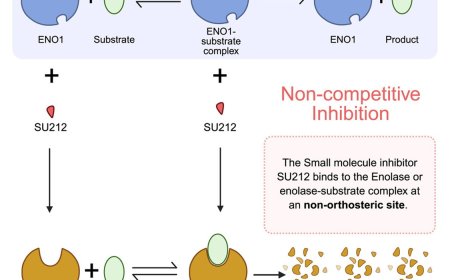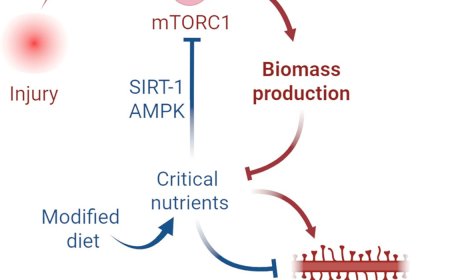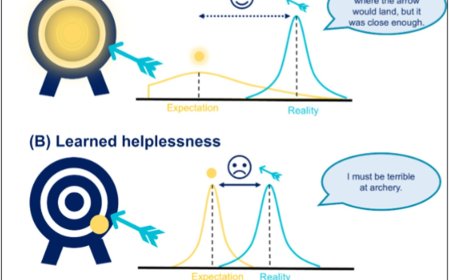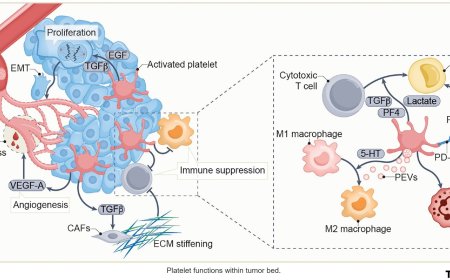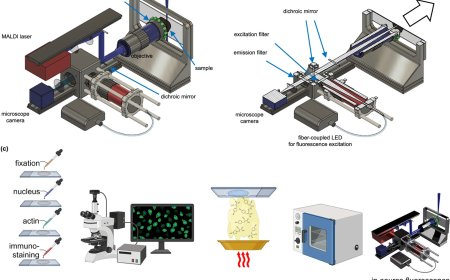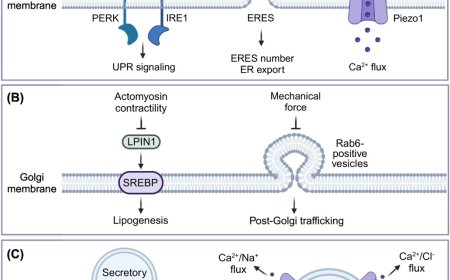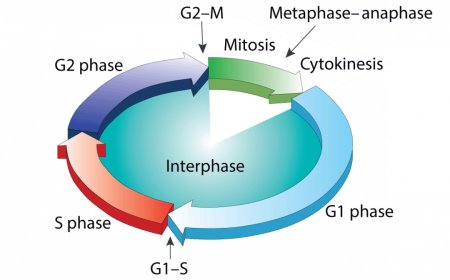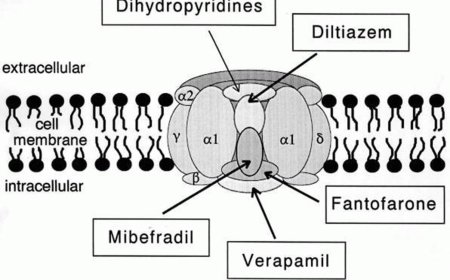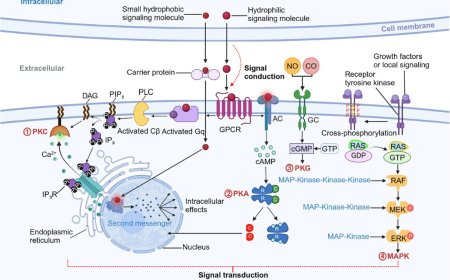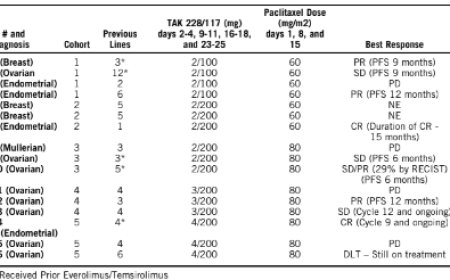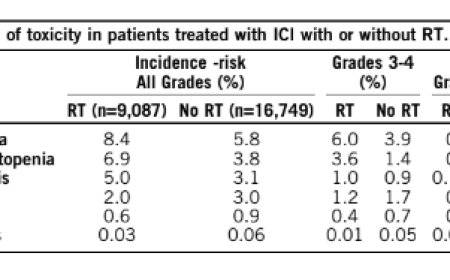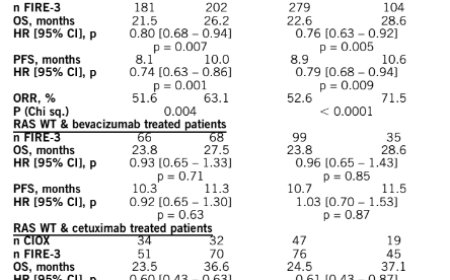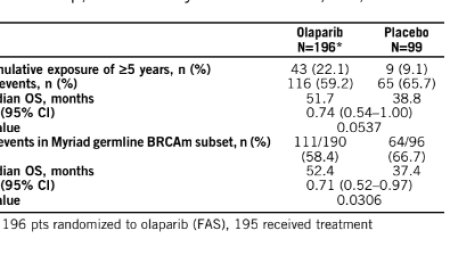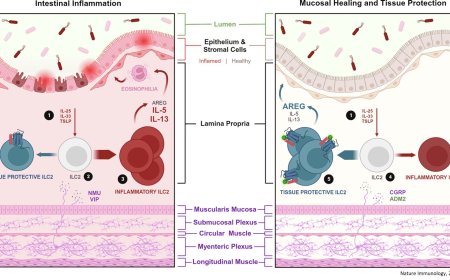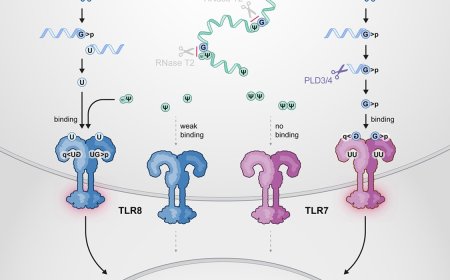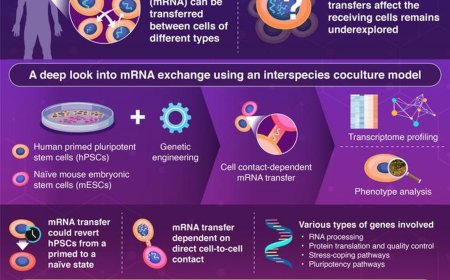Lactate links metabolism and epigenetics for trained immunity
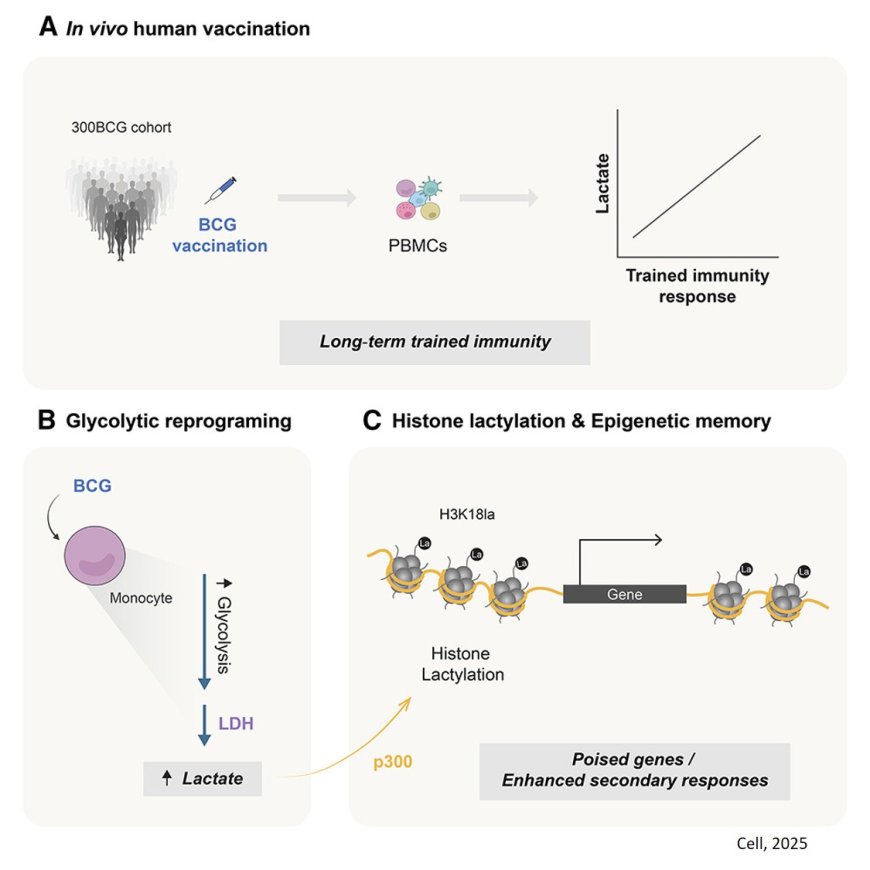
The immune system protects people in two ways. Innate immunity protects us from birth against many bacteria and viruses, while adaptive immunity builds protection against individual pathogens after a prior infection. The adaptive immune system is aided by vaccines that protect us against new pathogens without having to go through an infection. In this way, vaccines contribute greatly to our health.
Some vaccines not only inform the adaptive immune system about a specific pathogen, but also immediately increase the overall vigilance of our body's innate defenses. This is the case with the BCG vaccine. This vaccine helps the adaptive immune system to fight tuberculosis bacteria in a very targeted way. But BCG also reduces infant mortality by reducing other infections. The latter occurs through a mechanism called trained immunity. Apparently, the BCG vaccine also raises innate immunity to a heightened state of preparedness, so it fights other respiratory infections in addition to tuberculosis.
Researchers would like to know exactly how this works. How does the BCG vaccine cause innate defenses to be more alert to infections from multiple microorganisms for a period of time? Or put it in another way, what causes the innate defenses to function as trained defenses?
An international research answers this question in a Cell paper. The first author: “To store the BCG vaccine-induced information, innate immune cells have to change both their metabolism and the activity of gene transcription. In technical terms: they have to undergo both metabolic and epigenetic changes that lead to epigenetic memory, the molecular basis of trained immunity. Epigenetic memory is like placing sticky notes on important pages of the DNA, helping immune cells find and read those instructions more efficiently the next time they’re needed.”
It is known that trained innate immune cells consume more glucose (sugar) and also produce additional lactate (lactic acid) in the process. The increased conversion of sugar fits the change required for trained immunity, but the role of lactate is unclear.
The author said: “Until recently, lactate was seen as a waste product of energy production, without any further function. About some years ago, that slowly changed. In fact, there is increasing evidence that lactate can bind to proteins regulating DNA packaging, called histones, and induce an epigenetic modification known as histone lactylation. According to recent research, this process may even be involved in switching genes on or off. That raises the question whether lactate might play a role in the epigenetic regulation of trained immunity.”
“In this project we investigated whether lactate production can change the architecture of our DNA in immune cells, turning genes on or off, and whether it is involved in trained immunity,” the author says. “In BCG-vaccinated healthy volunteers, we indeed saw a link between lactate production and cytokine responses in innate immune cells. We also discovered that lactate-mediated changes in DNA architecture activates certain genes involved in inflammatory processes in BCG-vaccinated individuals for at least 3 months. Moreover, we showed that when lactate production is inhibited, trained immunity also decreases. These are all indications that lactate can indeed direct the innate immune system towards trained immunity. Thus, lactate seems to be a molecular trainer of our innate defenses.”
